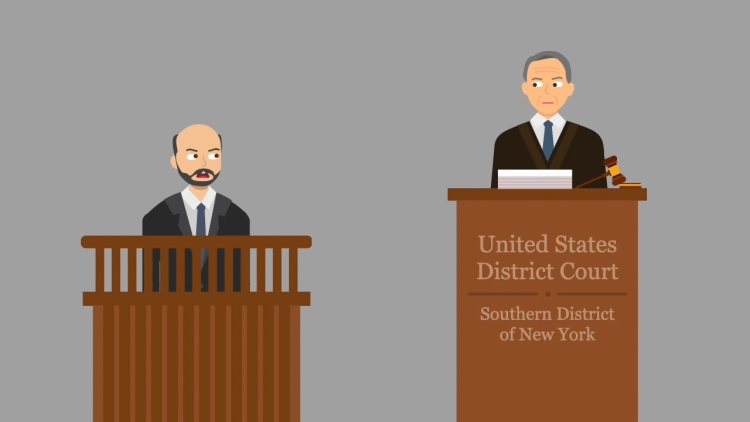Palin v. New York Times Co.
United States Court of Appeals for the Second Circuit
940 F.3d 804 (2019)

- Written by Kate Luck, JD
Facts
The New York Times (the Times) (defendant) published an editorial stating that there was a connection between a map, published by the political action committee of Sarah Palin (plaintiff) and showing congressional districts with crosshair targets over them, and the shooting by Jared Loughner at a political rally for Gabrielle Giffords. Palin sued the Times for defamation, alleging that no connection was established between the shooting and the political action committee’s map. The Times moved to dismiss the complaint for failure to state a claim, arguing that Palin’s complaint failed to allege that the Times published the editorial with actual malice, a required element of a defamation claim. The district court held a hearing and received evidence on the Times’ motion to dismiss. After crediting the testimony of the editorial’s author, the district court determined that Palin failed to state a defamation claim and granted the Times’ motion to dismiss. Palin requested reconsideration and included a proposed amended complaint. Palin’s proposed amended complaint alleged that the editorial’s author was aware of previous articles concluding that there was no connection between the political action committee’s map and the shooting. The district court relied on the author’s hearing testimony to determine that it was more likely that the editorial mistakenly stated that a connection existed between Palin and the Loughner shooting and, therefore, Palin had not plausibly pleaded that the Times had acted with actual malice. The district court denied Palin’s motion for reconsideration and denied leave to amend the complaint. Palin appealed. The Times argued on appeal that the only inference that could be plausibly drawn from Palin’s proposed amended complaint was that the editorial’s inclusion of a false statement about Palin was unintentional.
Rule of Law
Issue
Holding and Reasoning (Walker, J.)
What to do next…
Here's why 899,000 law students have relied on our case briefs:
- Written by law professors and practitioners, not other law students. 47,000 briefs, keyed to 994 casebooks. Top-notch customer support.
- The right amount of information, includes the facts, issues, rule of law, holding and reasoning, and any concurrences and dissents.
- Access in your classes, works on your mobile and tablet. Massive library of related video lessons and high quality multiple-choice questions.
- Easy to use, uniform format for every case brief. Written in plain English, not in legalese. Our briefs summarize and simplify; they don’t just repeat the court’s language.






